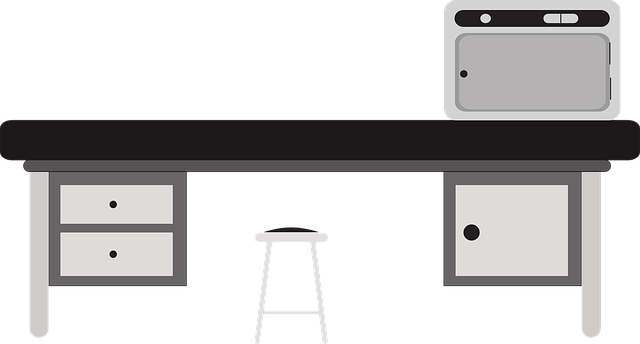
A laboratory incubator is an essential piece of equipment in any lab, but reliable results require correct use and maintenance of your entire unit.
A laboratory incubator is an essential piece of equipment in any lab, but reliable results require correct use and maintenance of your entire unit. What’s more, a few models can get quite pricey, and you would probably prefer not to have to replace the machine that often. Following the ideal practices for using and maintaining your lab incubator can ensure that it works properly for your application and has a long lifespan. Read on to learn how to maintain and use your laboratory incubator properly!
Place Your Unit Correctly
Correct positioning of your unit can help ensure that it runs efficiently and has minimum exposure to possible contaminants. Some factors to strongly consider when deciding on the ideal spot for your lab incubator include:
- Vents and doorways can blow in contaminants and increase the chances of fungal growth.
- Direct sunlight can cause temperature fluctuations and problems with anti-condensation features.
- You need space, usually around three inches, around the unit so the heat can vent and the cords and sockets can be easily accessible.
- Place floor incubators on a stand to limit the potential risk of contaminants sweeping in when the door opens.
- Avoid damp, humid areas that might be harboring fungal growth.
- Place units away from sources of vibration like stirrers, shakers, or refrigerators since vibrations can affect cell growth.
- Ensure the space around your unit is clean.
Ideal conditions for a lab incubator would be in temperature-controlled environments and cleanroom conditions. Take these factors into account with your laboratory incubator.
Monitor the Temperature
Incubators are typically maintained at around 37 degrees Fahrenheit for optimal growth of cell cultures. Deviations in temperature might inhibit growth and destroy cultures. Temperature sensors are included units, but how will you know that you can always count on your sensor? One way is to use a second thermometer. If your incubator has a glass door, you could attach a calibrated thermometer to the inside of the glass and read it, all without having to open up the door. Avoid opening and closing the door unnecessarily, as it can help keep the temperature inside the stable.
Clean it Consistently
If your incubator is contaminated, it is likely your results will be impacted negatively. As such, it is crucial to stick to a strict cleaning schedule for the incubator. Some cleaning steps include:
- Always wear gloves when handling containers that will be placed in the unit.
- If using a humidity pan, swap the water in the pan once a week to avoid contamination.
- Clean the humidity pan, shelves, chamber, and any other removable parts consistently. Depending on the application, disinfection might be sufficient, or total sterilization could be required. Make sure disinfectants used will not harm your cell cultures or corrode the incubator’s chamber.
- Clean the outside of the unit, especially the incubator door handle.
FOR ALL LAB EQUIPMENT AND LAB NEEDS, CONTACT LAB PEOPLE TODAY
The Lab People Inc. is a trusted provider of laboratory equipment, services, supplies, and rental equipment for you and your laboratory. As an ISO 17025 accredited service organization, we stand behind our services with 100% satisfaction guaranteed for all of our customers. We are here to provide you with the best lab equipment service, equipment, and supplies.
For more information about how we can assist you, visit our website, email us, or give us a call at 1-800-296-2001!
Do not forget to follow us on Facebook, Twitter, and Linkedin!
